A “soundwalk” is a simple exercise. It involves taking a walk with a focus on listening to the environment and mindfully exposing our ears to what’s around us. It seems straightforward enough, but when was the last time you stopped and heard the birds chirp and assessed the multiple layers of sound that surround us? For this first edition of Sounds of, MAEKAN’s own Audio Engineer and Producer, Elphick Wo, linked with Toronto-based producer TEE for a soundwalk of Hong Kong. In what is the first of many stories around soundscapes, the two connected with the city in a way you won’t find in any travel guide. (Click play to listen)
Soundscapes and Soundwalks
Press play to hear more about how the “Sounds of” series came into being (9 minutes).
For twenty-five centuries, Western knowledge has tried to look upon the world. It has failed to understand that the world is not for the beholding. It is for hearing. It is not legible, but audible – Jacques Attali (1985), Noise: The Political Economy of Music
Why should we care about the sounds in the world around us?
Listen carefully.
A soundscape is an invisible 360-degree perspective that tells a vivid story in a matter of seconds, yet people in the modern world have often lost touch with this. Our urban environments have conditioned us to ignore these sounds, and because of this, we’ve seemingly lost a key, human quality of our living experience.
Most of the sounds we encounter every day are incoherent chaotic and accidental.
To us, they become what we like to call “noise.”
Our relationship with sound is now largely unconscious, and most of us think of soundscapes as just “being there” with no real significance.
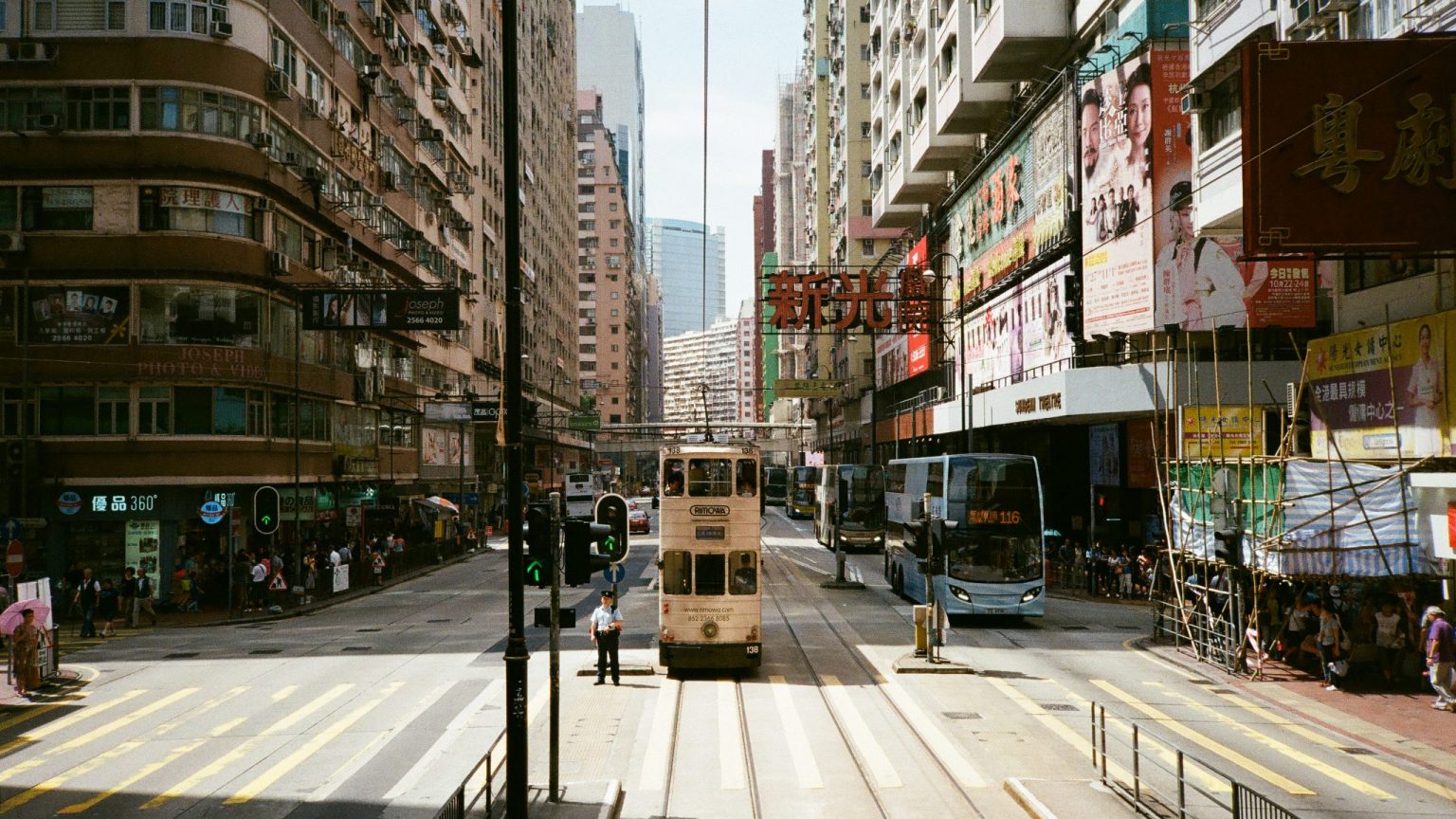
The iconic tramway that runs on Hong Kong Island.
This wasn’t always the case. A 2001 study by Steven Feld on the Kaluli (a group of non-literate indigenous people tucked away in remote areas of Papua New Guinea) proved that some individuals still have a conscious relationship with the natural soundscape.
Despite their pre-industrial lifestyle, this clan can process the incredible amount of information—all derived from only sound—that includes season, time of day and geography. For them, nature is such an important source of practical knowledge and as something they are constantly in communication with, they hold a profound respect for it.
All habitats similarly generate unique sonic signatures, ones that are organized, but also vibrant and spontaneous. There are many auditory ecosystems today that would be totally unrecognizable to people living a century ago.
Human activity has impacted and changed the world in many ways, including how it sounds. It’s hard to notice, but there are natural sounds that are disappearing from the face of the earth every day as urban environments continue to expand and affect nature around us.
That’s the foundation of this ongoing series. And with each installment, we’ll investigate our relationship with sound through soundtracks inspired by cities across the world.
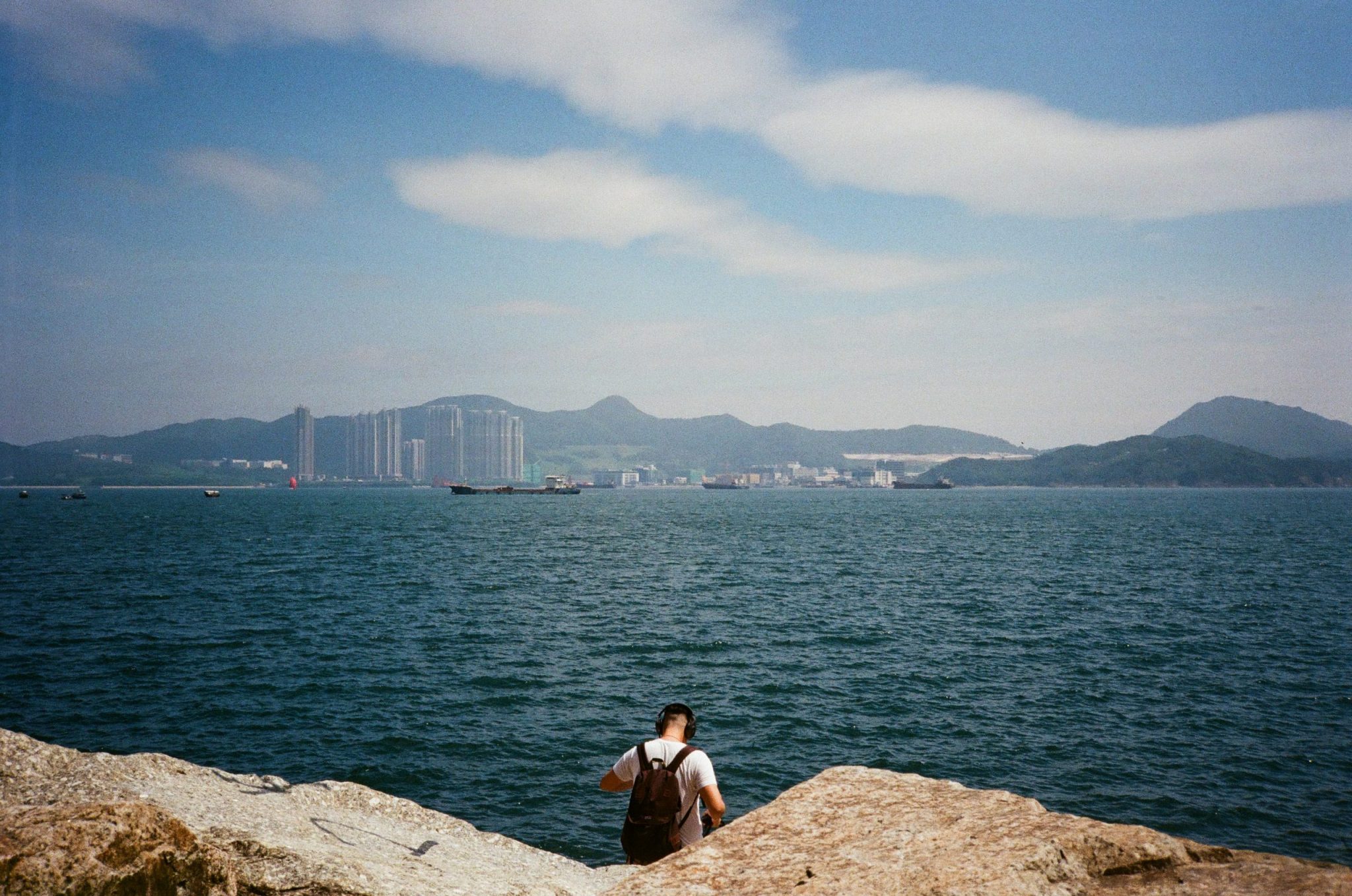
Elphick recording sounds on the shorefront of Heng Fa Chuen, Hong Kong.
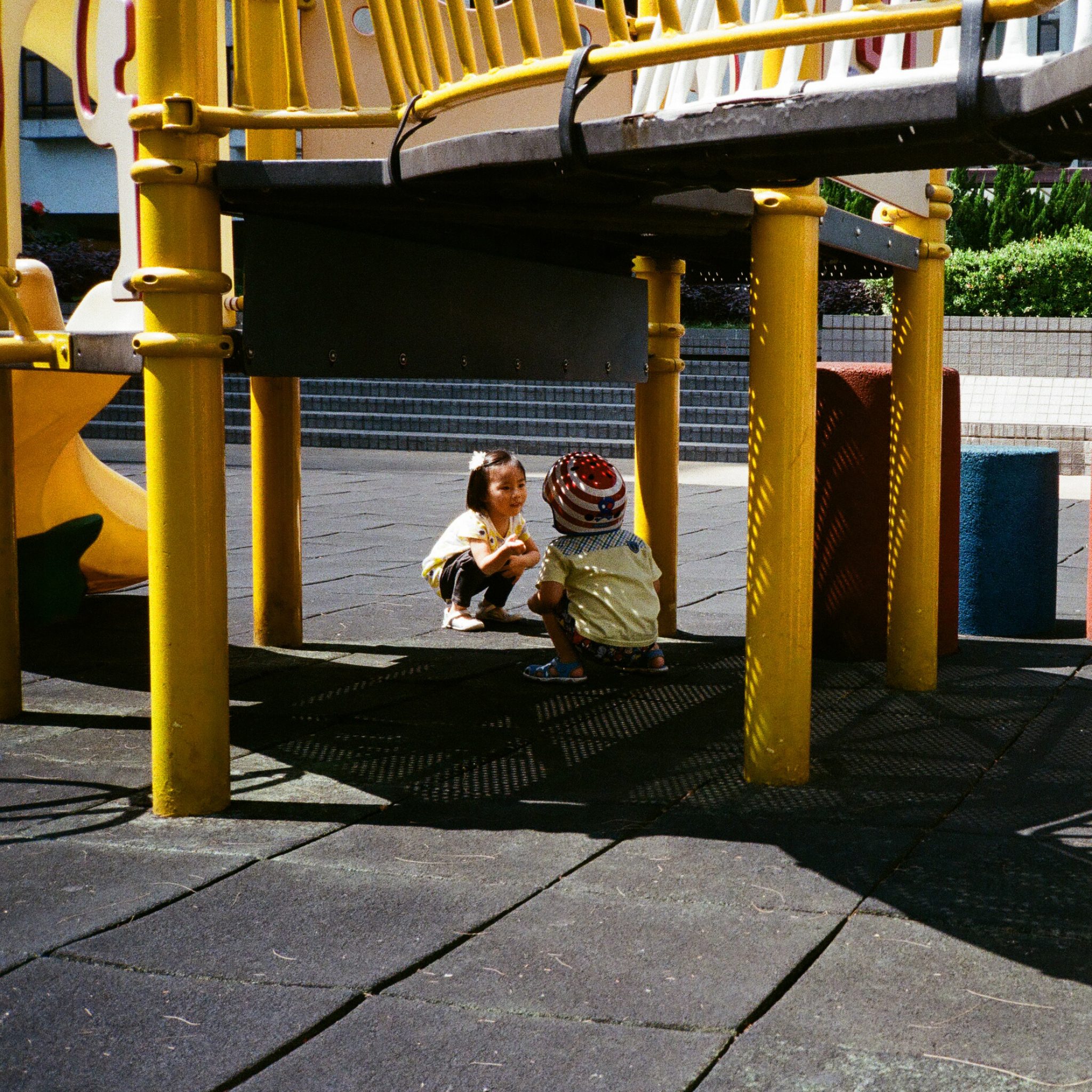
A children’s playground in Heng Fa Cheun, Hong Kong.
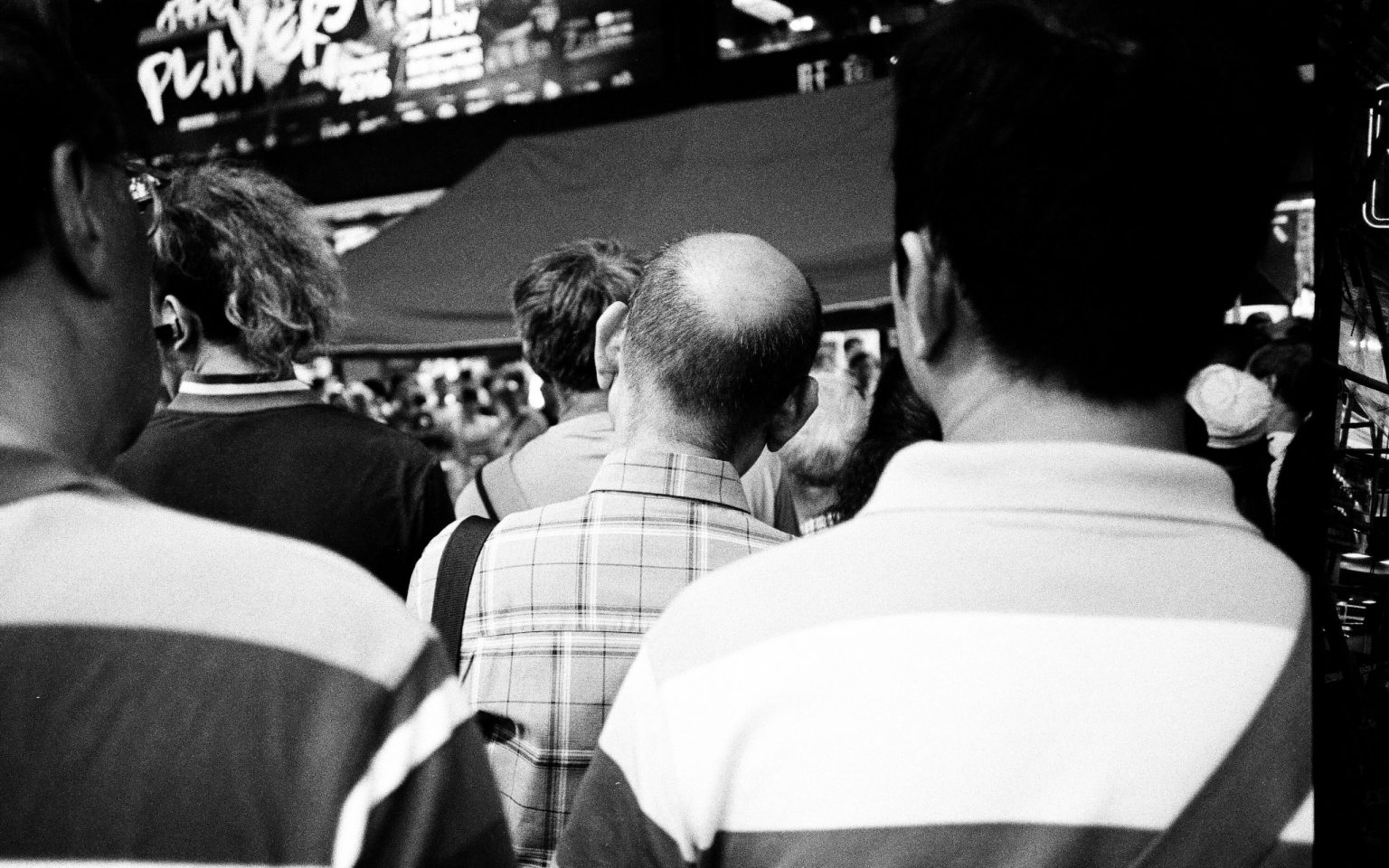
Mong Kok in Kowloon is one of the most densely populated areas in the world.
Music is the most powerful sound we know. When we listen to it, we’re quick to recognize and associate with it.
It can also easily and deeply affect our emotional state. It seems we’re hardwired for music: anybody can move their hips or nod their head to a song, even if they’re hearing it for the first time.
But it’s not just about songs, what you could call “units” of music with a beginning, middle and end that you play on a device. Music can be continuous, endless, and it can be found anywhere. There’s unexpected beauty in everyday sounds from both natural and man-made soundscapes. We just need to re-orientate ourselves to find it.
Most of the ambient sounds that you’ve heard so far were recorded in Hong Kong and used in this upcoming soundtrack. We didn’t really need to prove music was all around us, we just added to what’s already playing.
But truthfully, that’s a lot easier said than done.
We handed the reins over to Terence Lam aka TEE, a Toronto-based music producer-songwriter, audio engineer and DJ, and Elphick Wo (or Delf), MAEKAN’s very own DJ, producer and audio engineer.
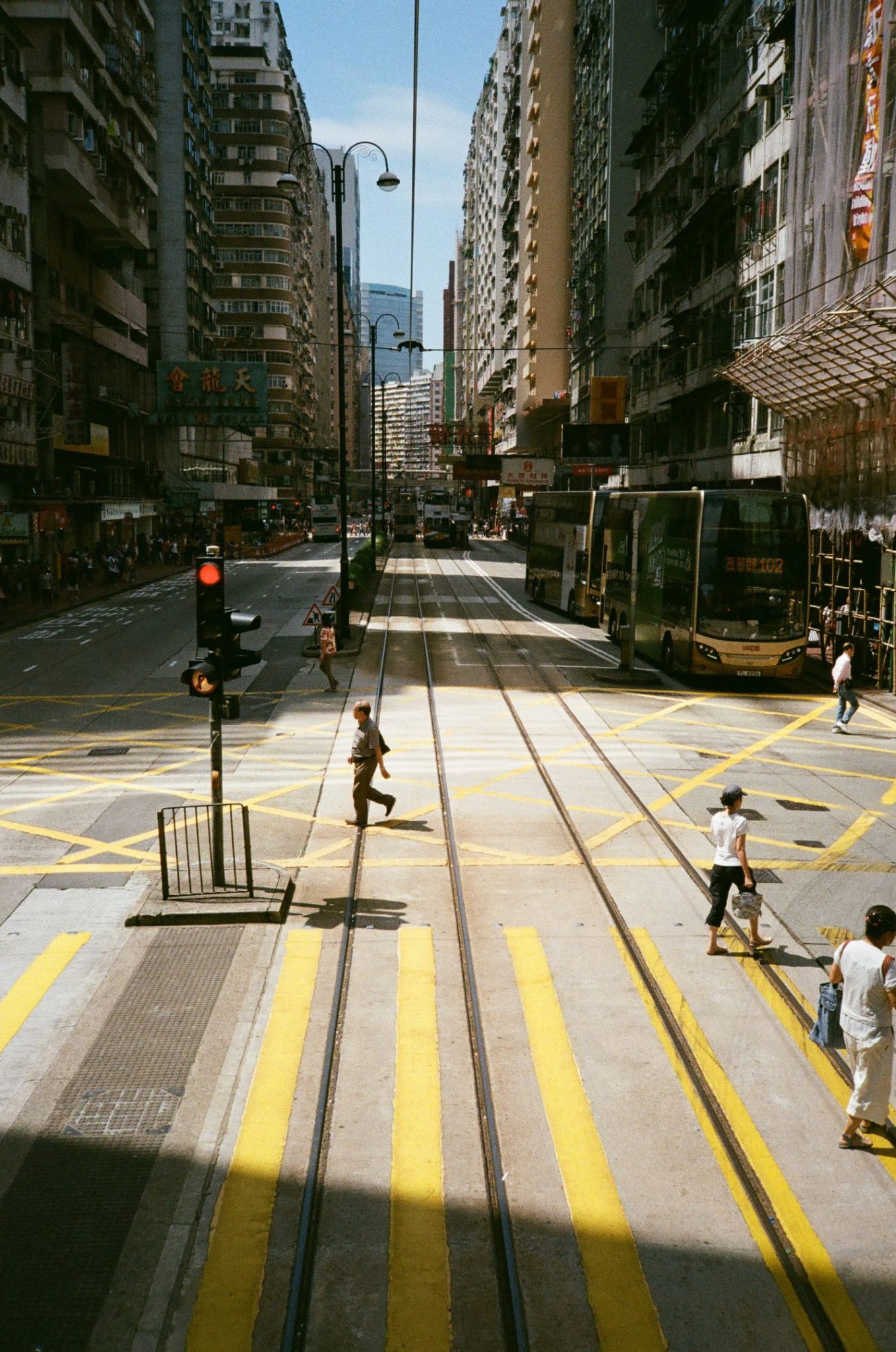
Tram lines in Sai Wan Ho, Hong Kong.
To quickly introduce the two, Terence contributed towards the instrumentals of Drake’s “Too Good” featuring Rihanna, for the rapper’s fourth studio album, Views, in 2016. He’s also produced and engineered sounds for the likes of Alessia Cara through multi-platinum, Grammy-nominated R&B and Pop production company, KUYA Productions.
Elphick, who you’ll be hearing from more in this series, is based in Hong Kong. And he’s currently working on the sophomore release to his first studio album, Intergalactic Soul Movement.
Going into this project, we knew both producers drew many influences in hip-hop but challenged them to explore how the sounds around a particular city could inspire and translate musically.
The partnership and concept developed organically. And after the two met up in Toronto last summer, Terence hopped on a flight to Hong Kong. As soon as he landed, the pair hit the ground running, visiting local “soundmarks” across the area.
We tasked them to record as many signature sounds in the city as possible, including the ones that go unnoticed every day, and to turn them into a soundtrack.
While we’re not the first to look at our surroundings for musical inspiration, we came away with something that we feel is truly unique and authentic.
Hong Kong’s diverse landscape offered a great starting point for this first installment. Unknown to many visitors to Hong Kong, a great deal of the city’s landmass is made up of rolling mountains, lush country parks, wetlands, and beaches.
But there’s no escaping its overcrowded urban sprawl, which commands most of the world’s image of the city and the sounds most of us will hear. And as you can imagine, the city’s bustle is like an acoustic black spot with all its different sounds bouncing around.
Armed with a Zoom H5 field recorder and some earbuds, Elphick and Terence gained an augmented sense of hearing and re-sensitized themselves to everyday sounds simply by walking around and exposing their ears to them.
Interestingly, there’s actually a term for a similar exercise that experts in the field of acoustic ecology call “soundwalking.” It was originally coined by Vancouver’s R. Murray Schafer and his World Soundscape Project. Its purpose was to “cognitively clean our ears,” so we could re-engage our aural senses with the world around us.
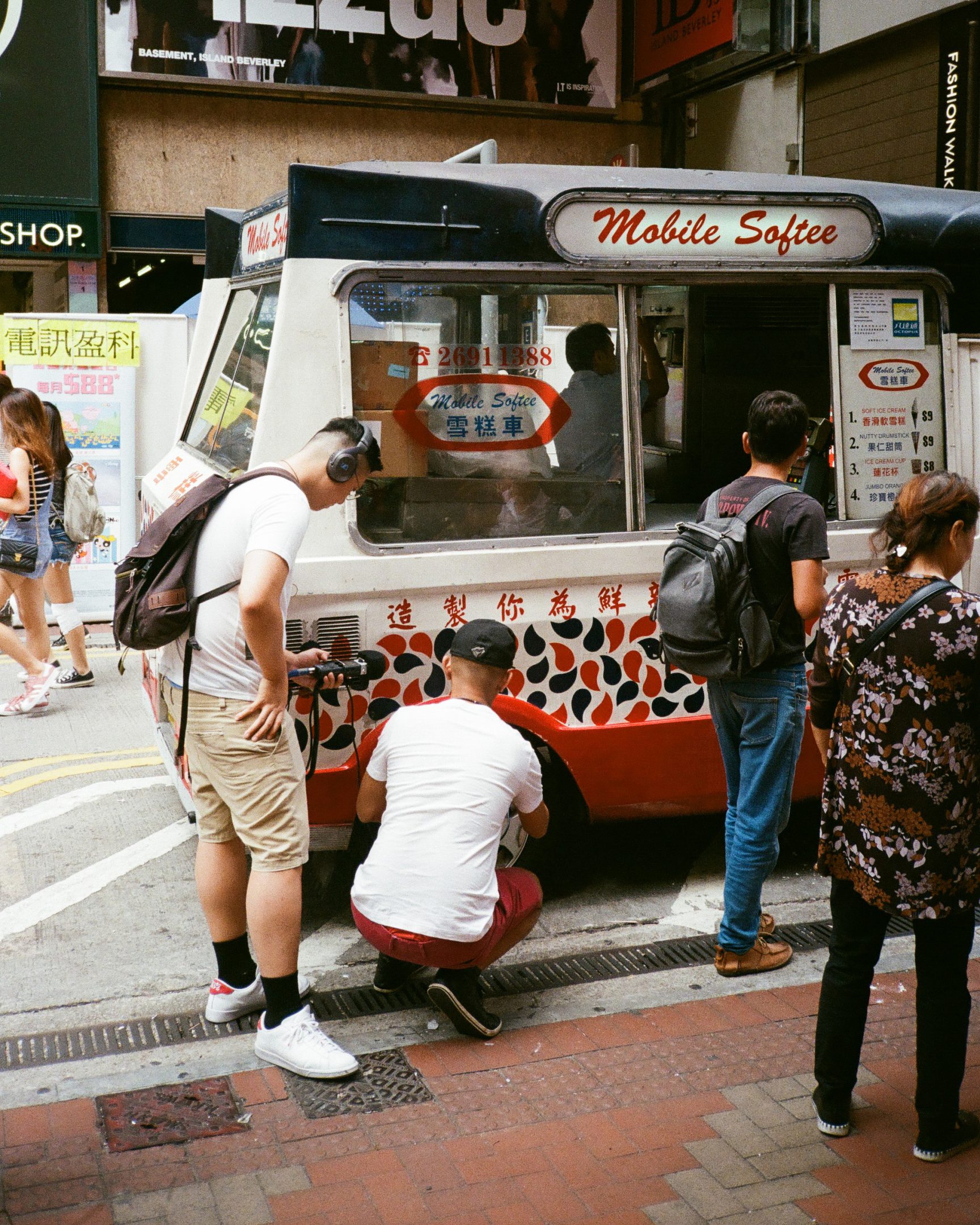
Mobile Softee, also known as “Mister Softee,” is a Hong Kong staple that serves soft ice cream. Elphick and Terence are seen recording the classic “Blue Danube” melody used to attract the attention of passersbys.
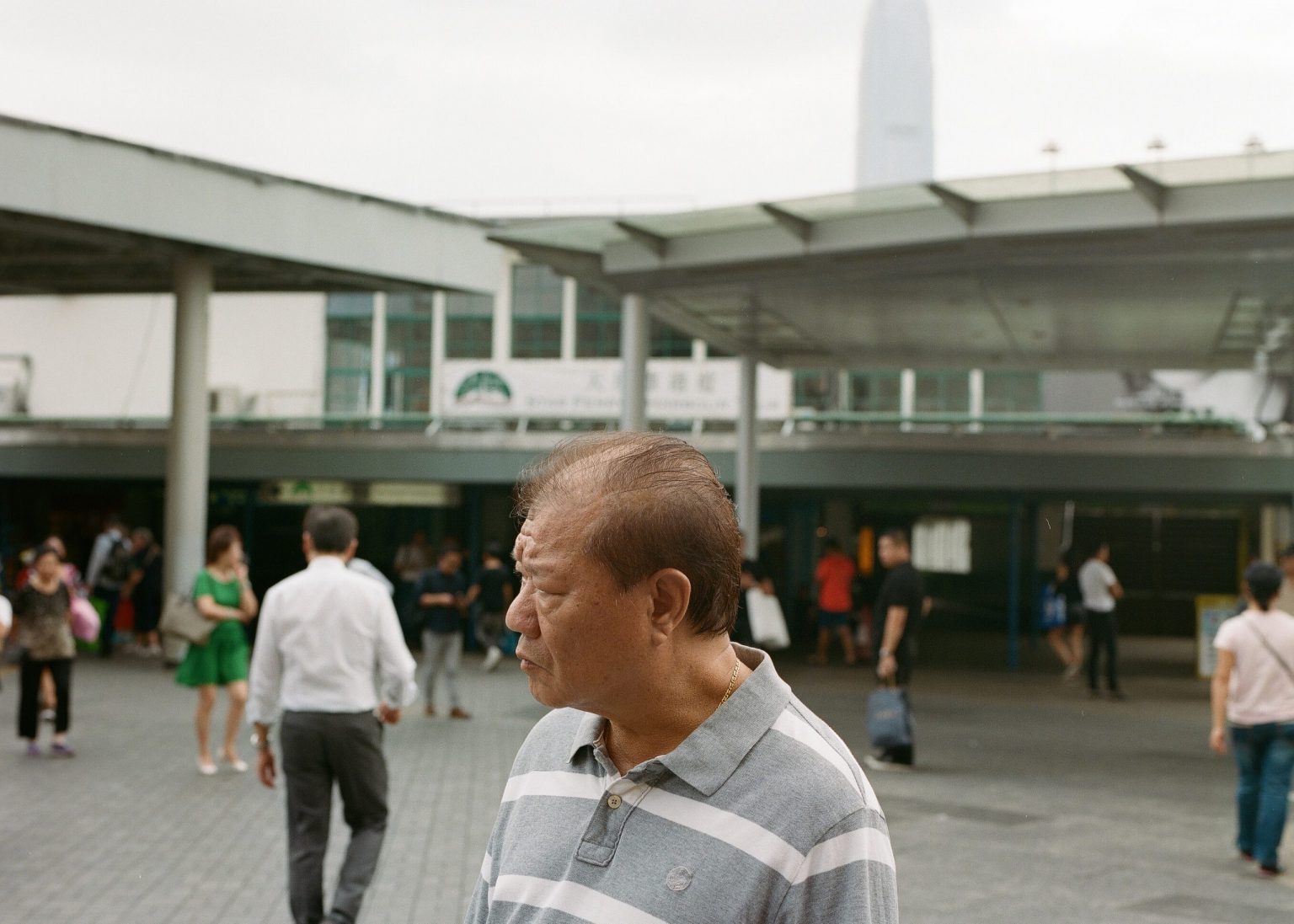
A man observes one of many protests during the National Day of the People’s Republic of China on October 1st, 2016.
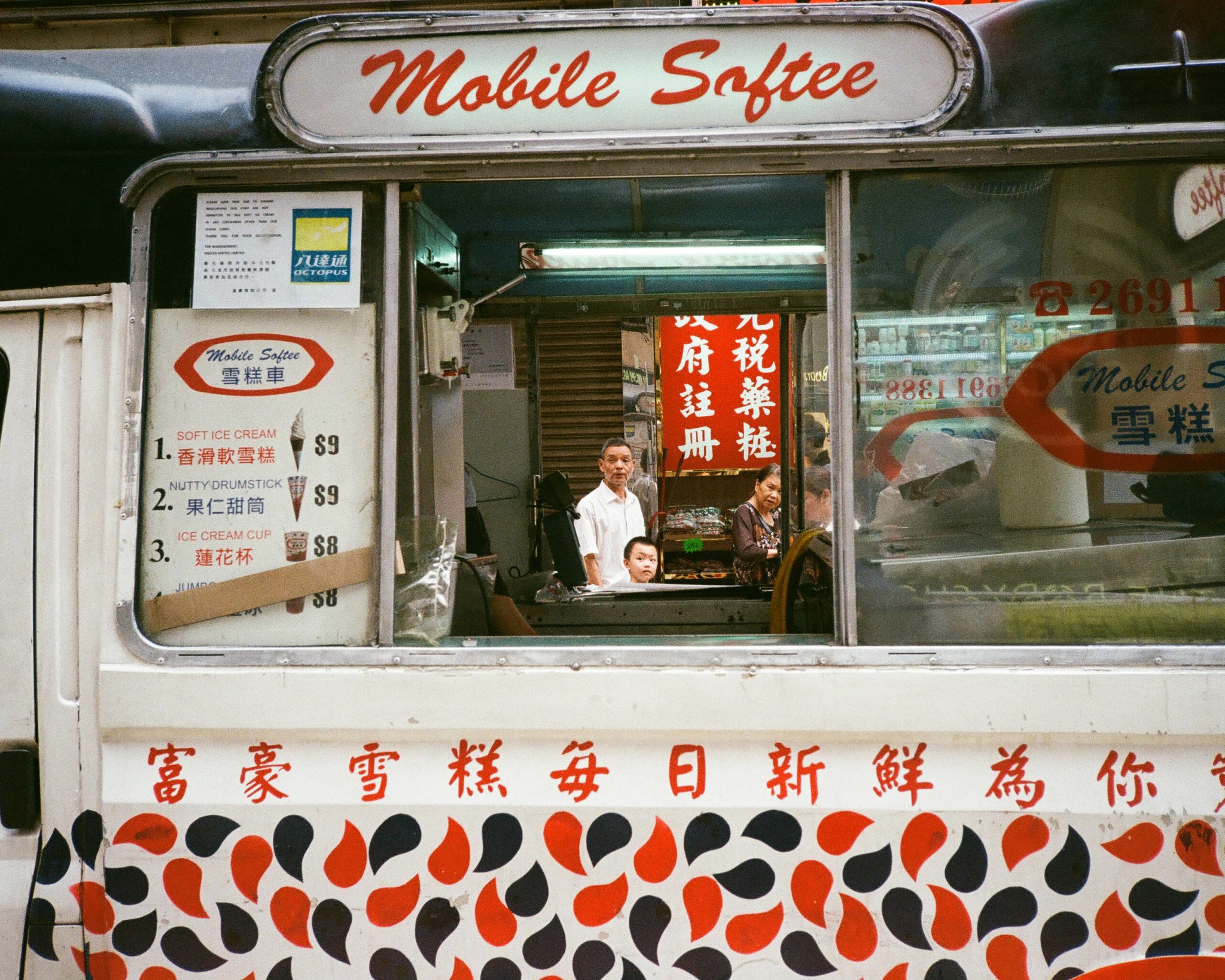
A close-up of the iconic “Mister Softee.”
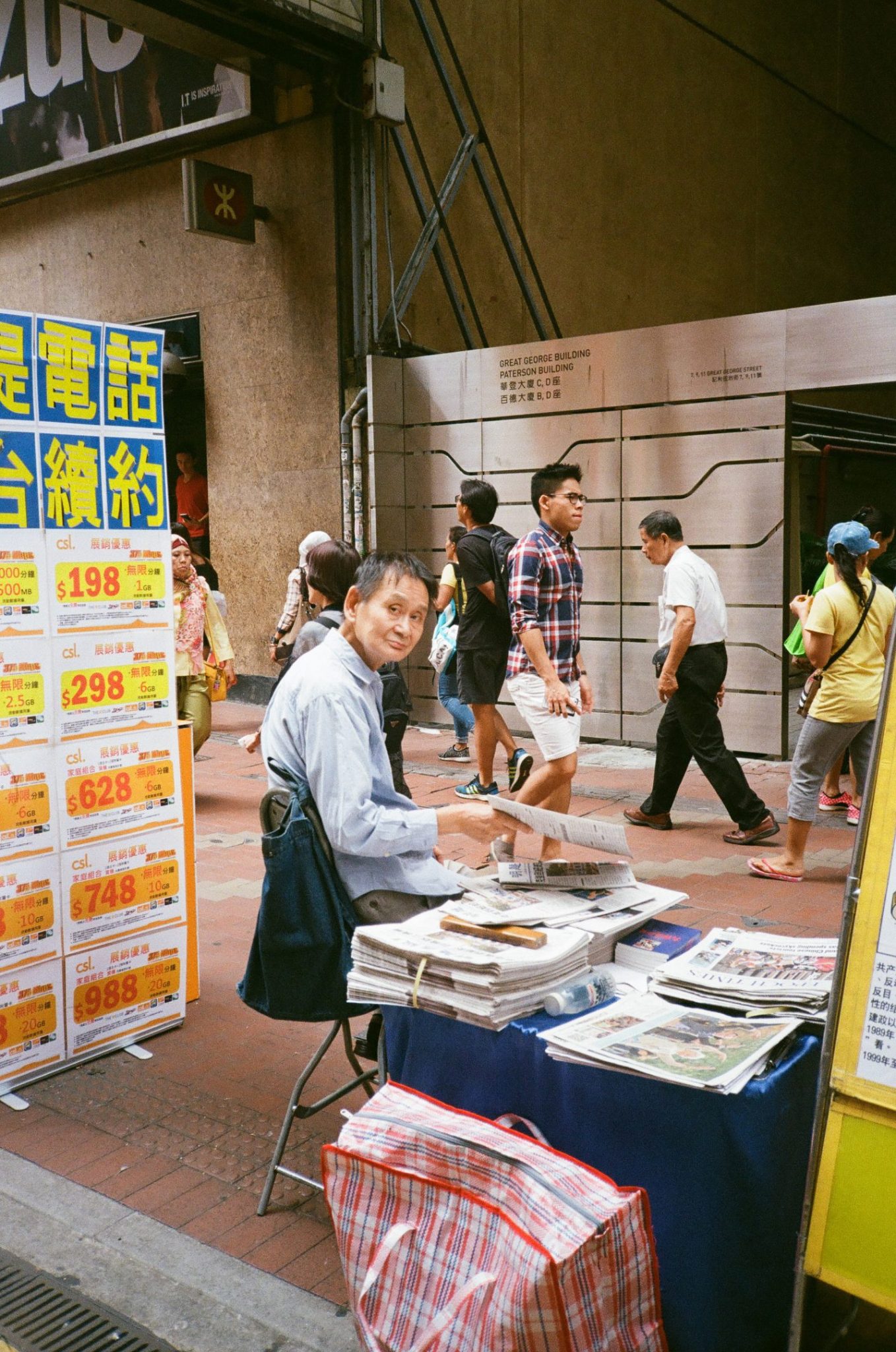
A member of Falun Gong, a forbidden spiritual practice in Mainland China, distributes leaflets during a public holiday.
Starting in the Northeast corner of Hong Kong Island in the residential Heng Fa Chuen area, Terence and Elphick made their way across the city’s iconic coastline to its northeast side, stopping in Sheung Wan’s Market and Cooked Food Centre, known for its delicious and affordable local eats.
They then crossed Victoria Harbor, over to Kowloon’s peninsula passing through areas like the shopping and entertainment Tsim Sha Tsui district, the bustling Temple Street in Jordan before winding up in the heart of Mong Kok, one of the most densely populated places on Earth.
As an audio-driven publication, we have a deep respect for the medium of sound. It allows us to connect with the audience and to tell human stories effectively. People have this innate ability to connect and empathize with others and while body language and other visual cues play a role in this, how we engage aurally has an even greater impact.
It comes through our prosody, patterns of stress and intonation in our speaking, as well as other emotional nuances that are impossible to replicate in writing or images. We read and watch a lot of things now, and we might even hear a lot of things, but truly listening has now become an undervalued skill.
But resensitizing ourselves to soundscapes, like what Elphick and Terrence did on their soundwalk, can provide a deeper understanding of what’s going on around us and “retrain” us to listen as we always have and then some. Even as people who work with audio as part of their jobs, both found unexpected inspiration on their first-ever soundwalk. They discovered how the soundscape can influence us, and how we all play a part in it. The experience of listening to Hong Kong was eye-opening, even for Elphick, who was born and raised in the city. It gave him a sense of perspective and place among the 7-million-plus people, close-to-8000 skyscrapers, and near-2000 squared kilometers of land, three-quarters of which is country park.
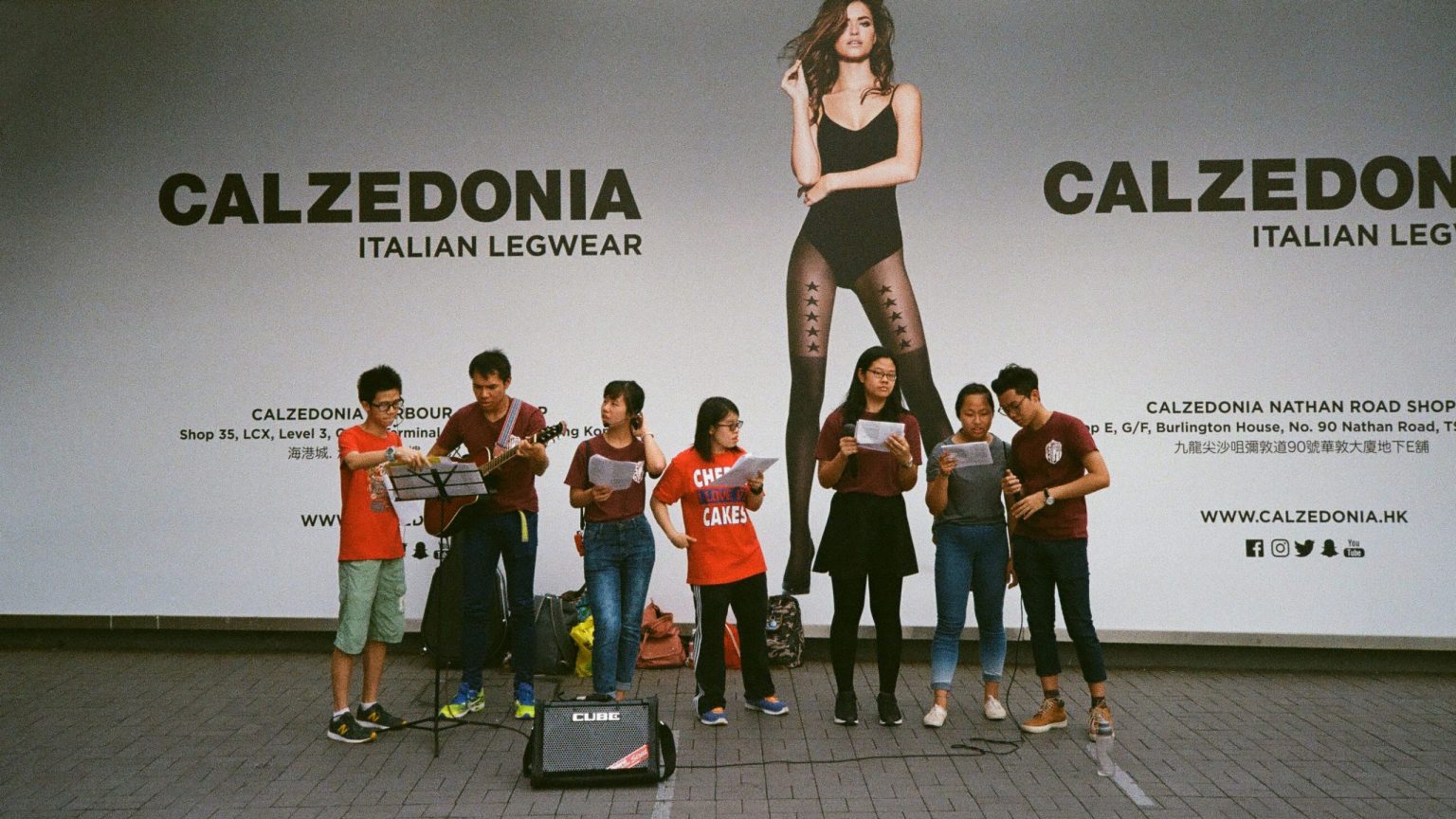
Students performing on the streets of Tsim Sha Tsui, Hong Kong.
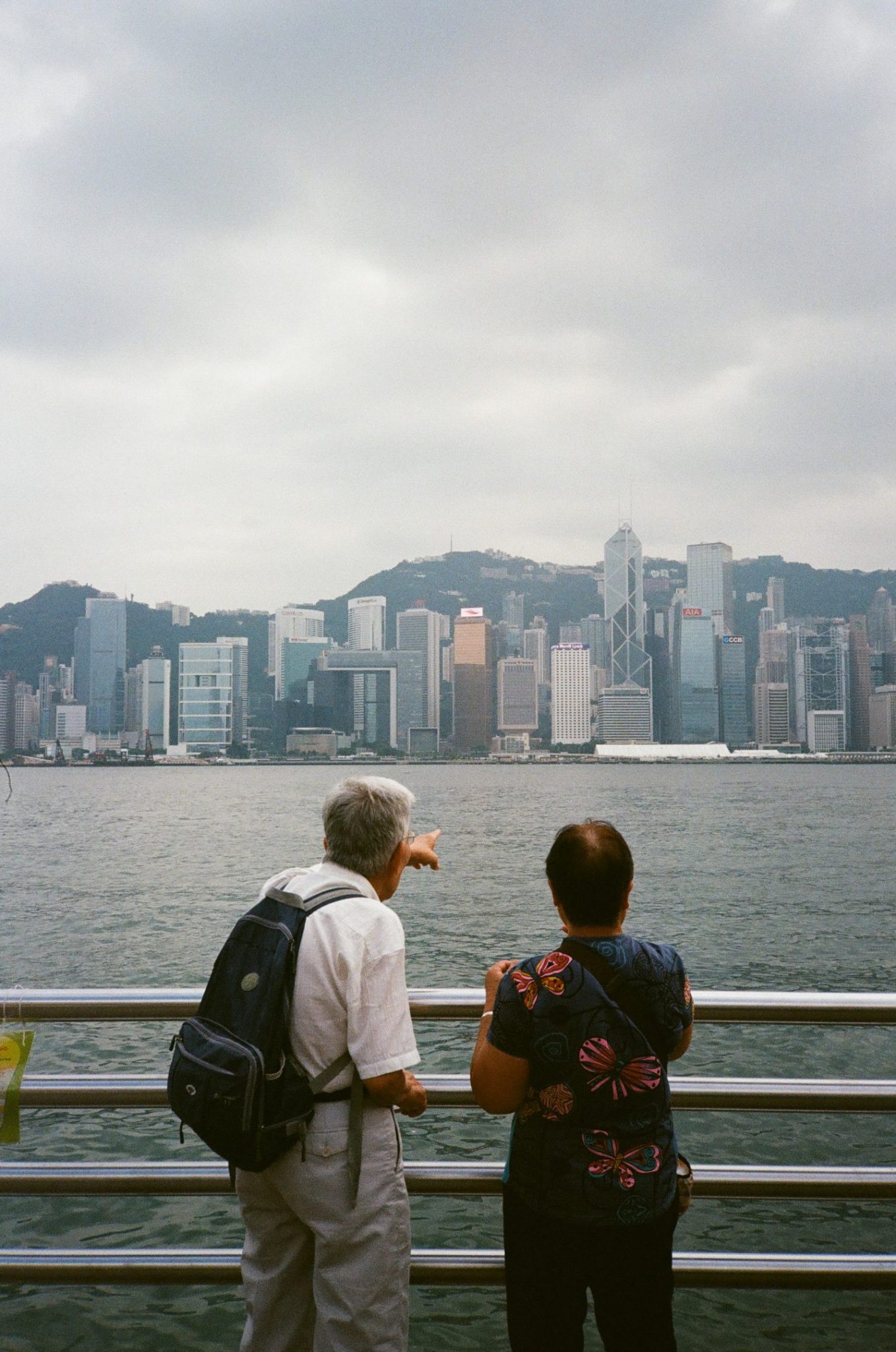
A couple enjoys the view of Hong Kong Island’s skyline from a viewing point in Tsim Sha Tsui, Hong Kong.

An antique store in Sheung Wan, Hong Kong.
“The city’s bustle is like an acoustic black spot with all its different sounds bouncing around.”

A local open air butcher shop in Sai Wan Ho, Hong Kong.

Traffic congestion.
He gained an aural connection that goes beyond what you can find on Wikipedia. Together, the two captured unique, fleeting moments that will never happen again and created a body of music that embodies the unique audio signature of Hong Kong, all without any samples.
So, take a moment and start listening to your soundscape. You never know, the inspiration that you’re looking could be all around you. As legendary sound expert, Bernie Kraus likes to say, “a picture is worth 1000 words. A soundscape is worth 1000 pictures.”
We recommend getting some headphones for this next part. Sit back, listen, and immerse yourself in these sounds of Hong Kong.
You can also check out the Directors’ Notes below for a behind-the-scenes look at how this all came together.
If you like what you heard here, stay tuned for our next installment of Sounds of.
Director’s Notes
Elphick and Terence sit down to explain the above soundtrack, titled “Sounds of Hong Kong”. It’s the first time either producer went on a soundwalk, let alone sampled and created a soundtrack using only the ambient sounds they recorded. Listen to the pair chop it up and discuss their interactions with Hong Kongers while recording, the unexpected turn that occurred in the studio, and how the project has inspired them going forward.
If you enjoyed this audio journey through Hong Kong, check out our other Sounds of story in Tokyo, which we produced with sounds and photos captured during our team trips to Japan.

















